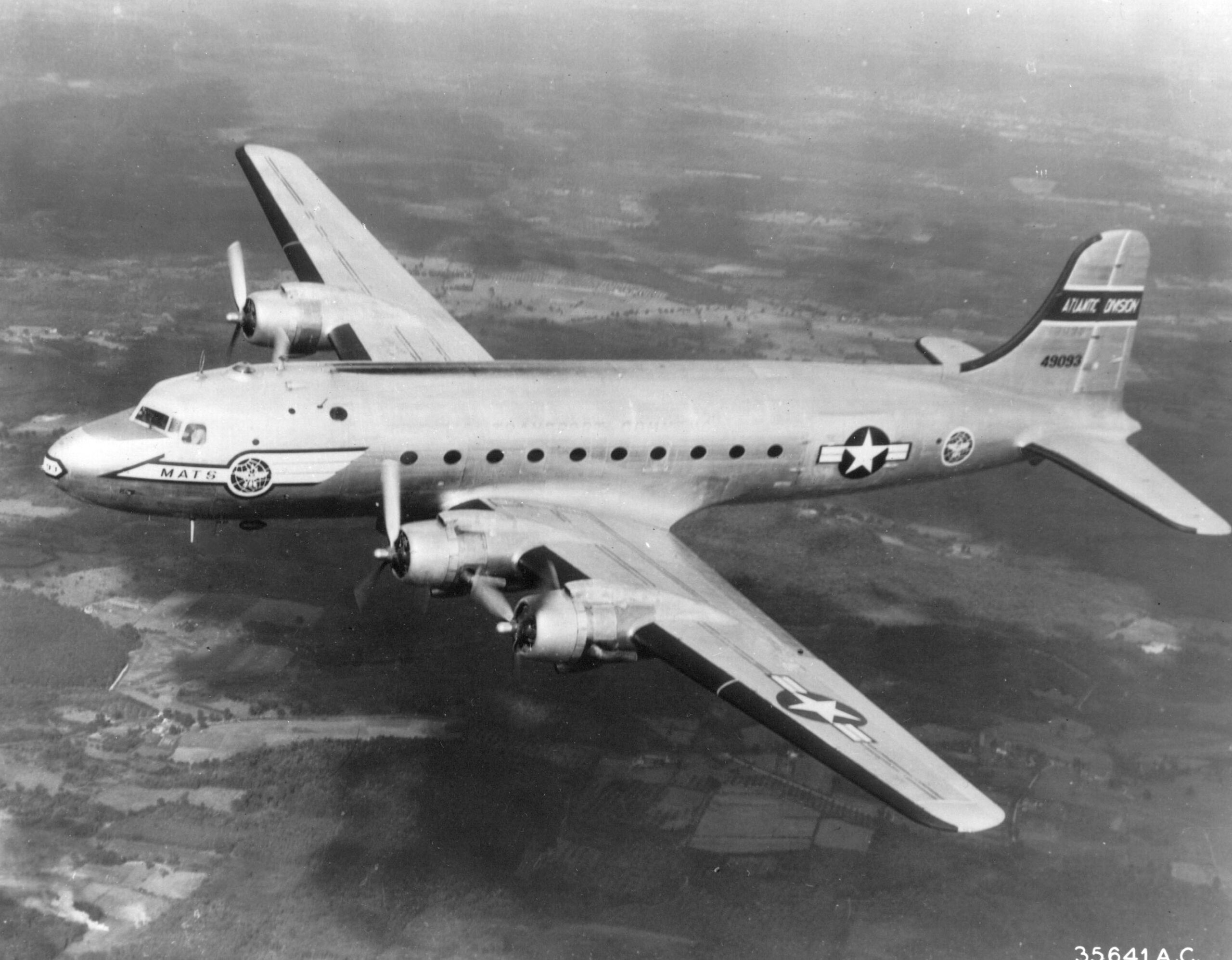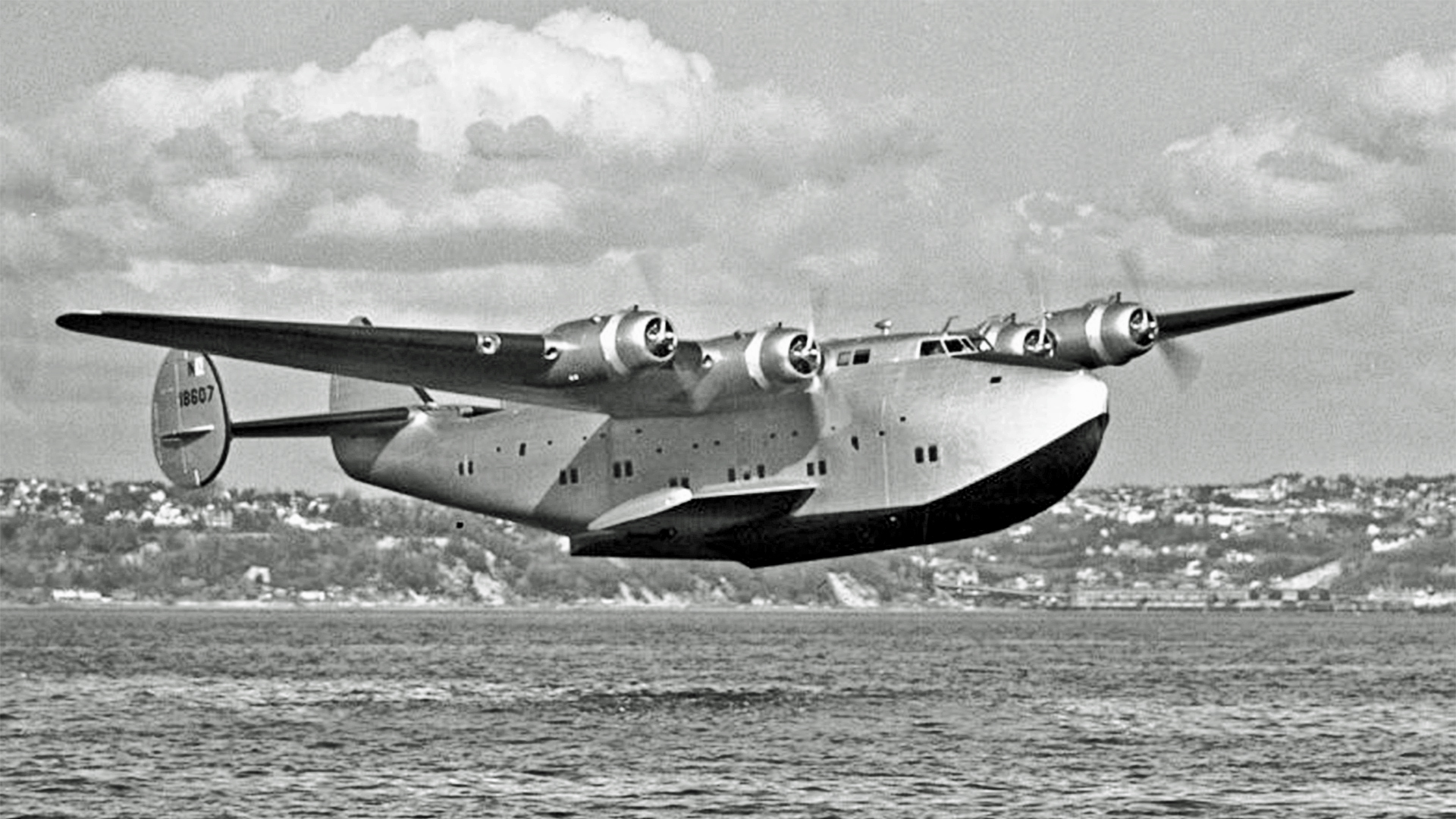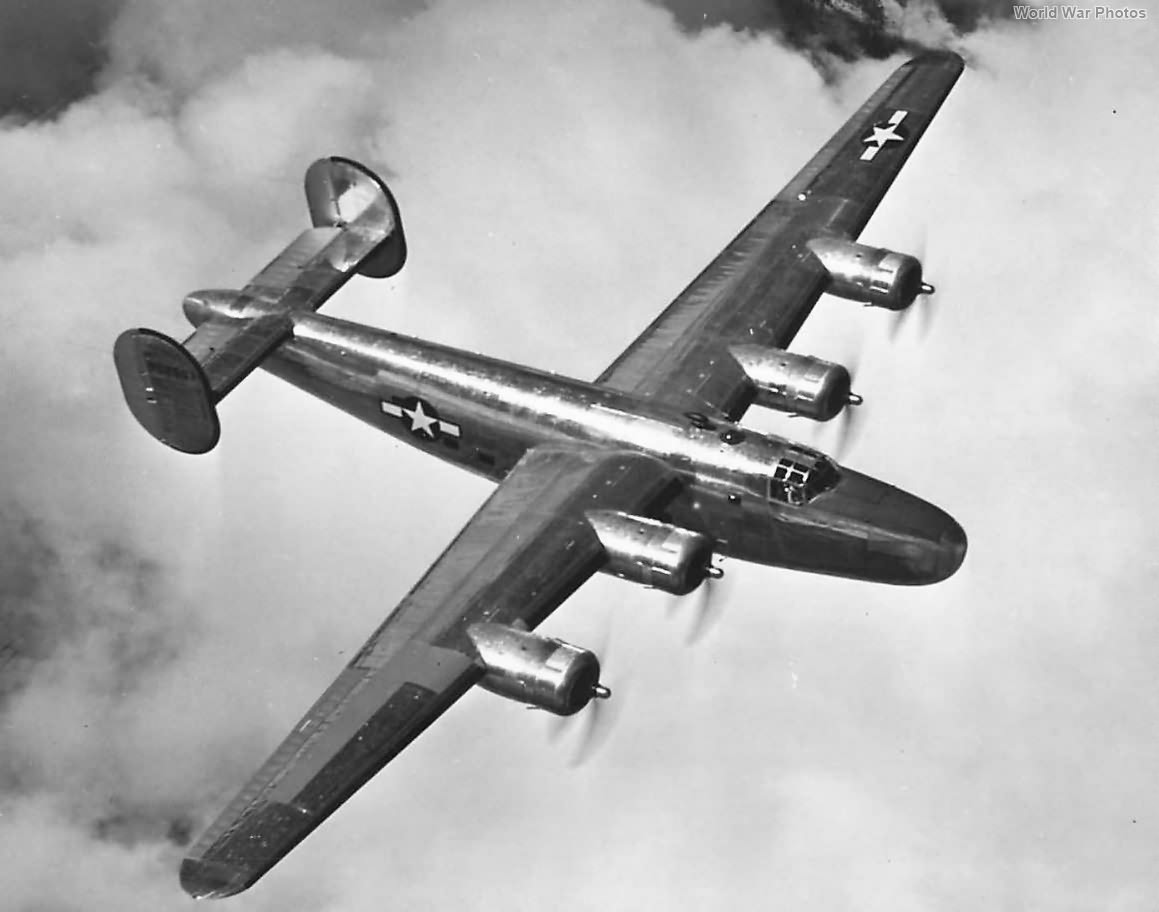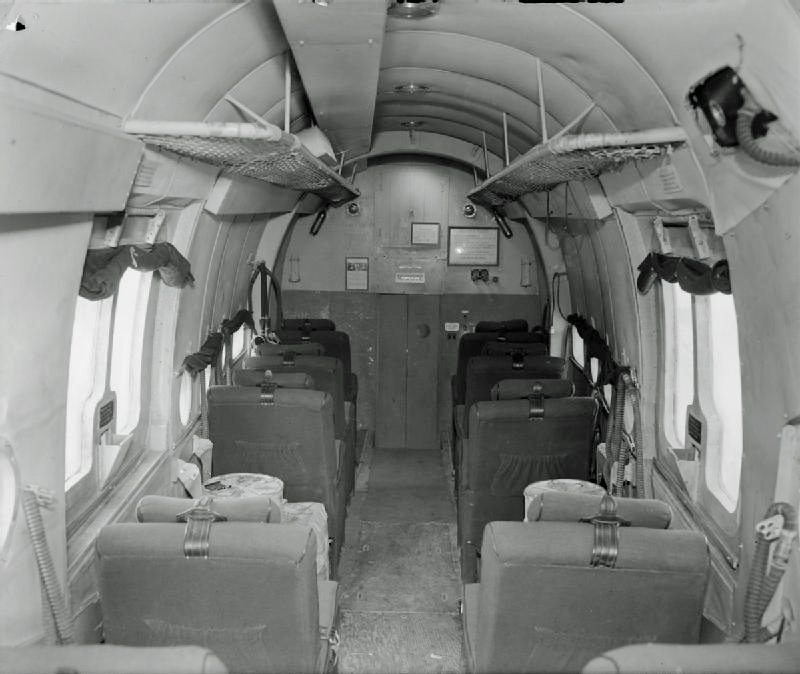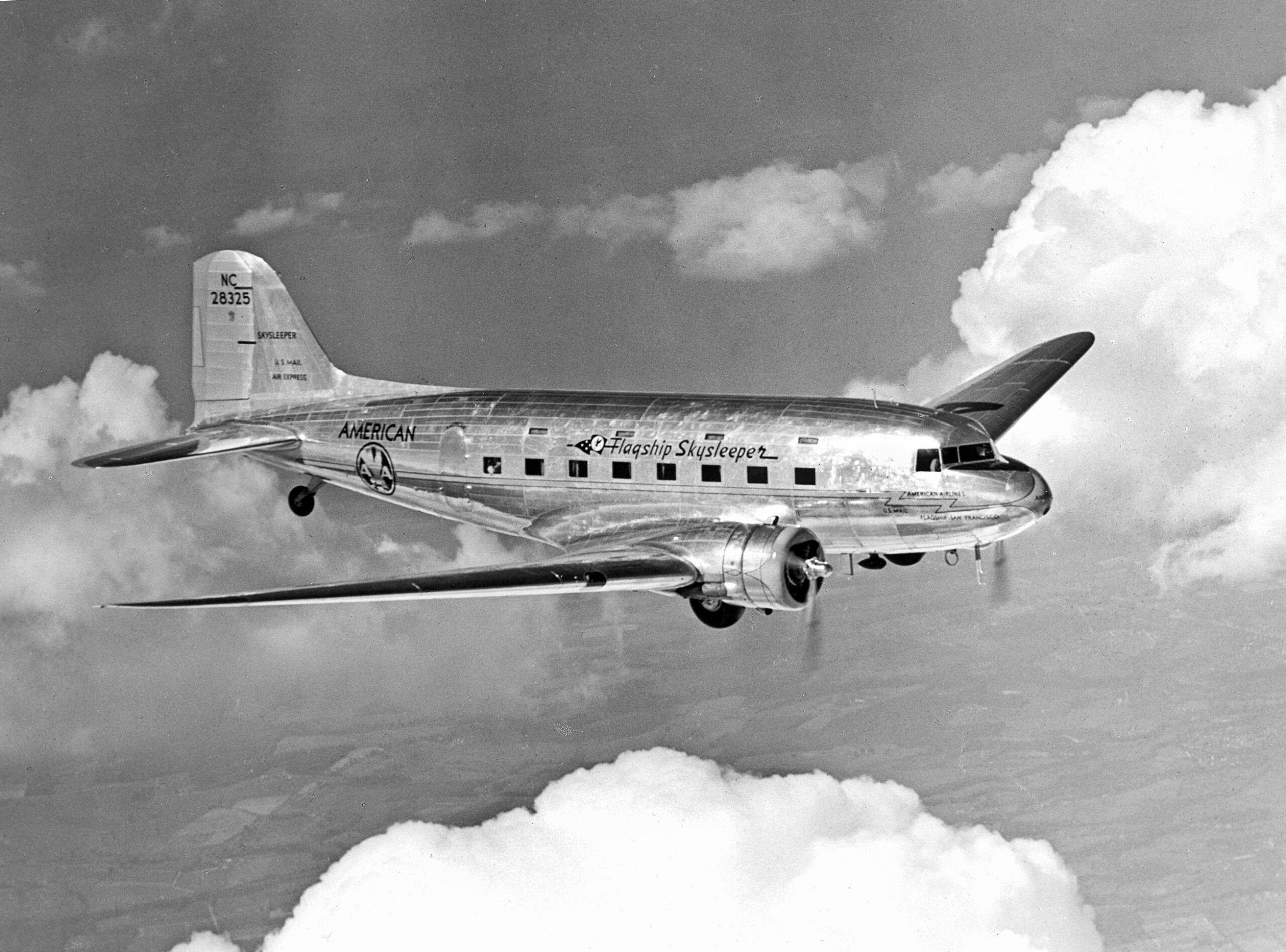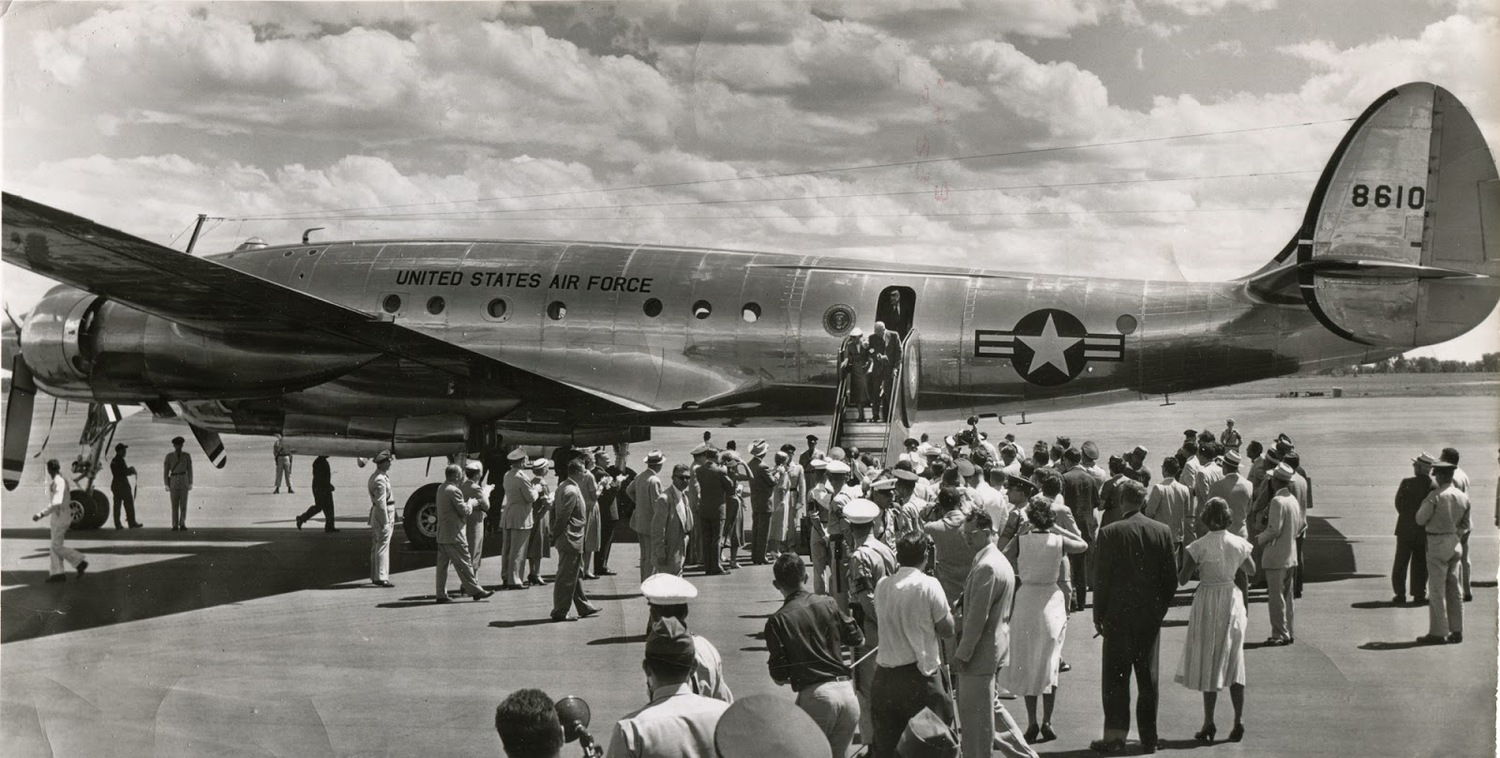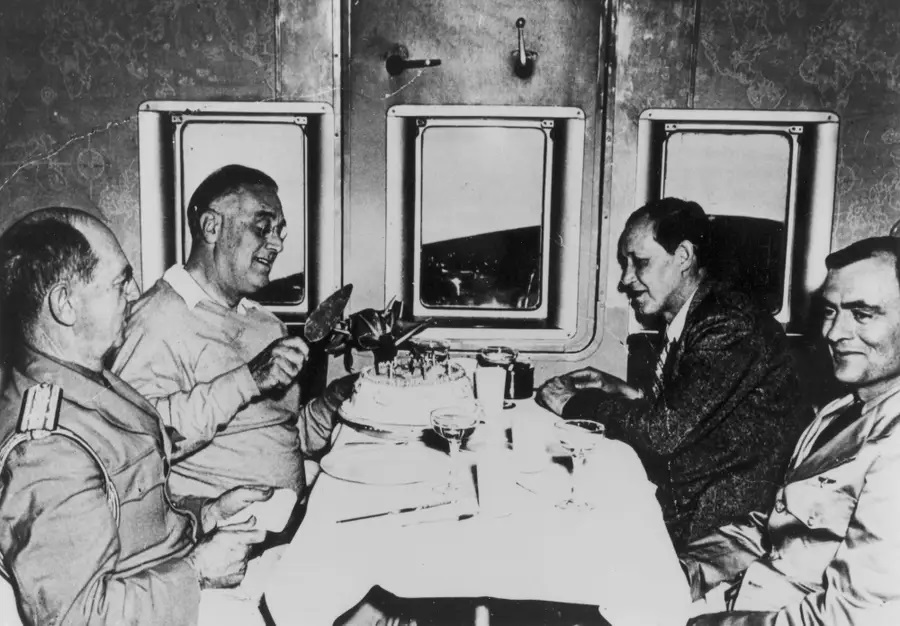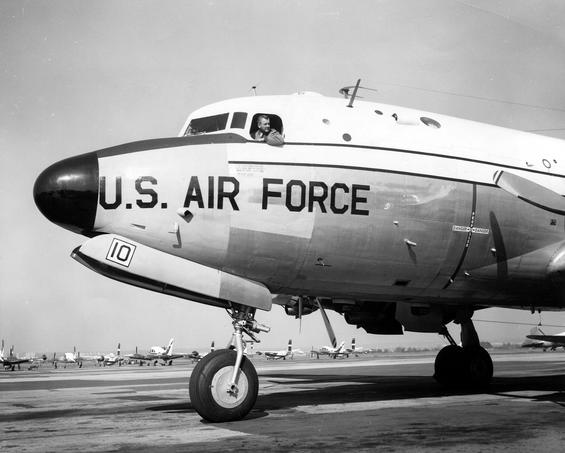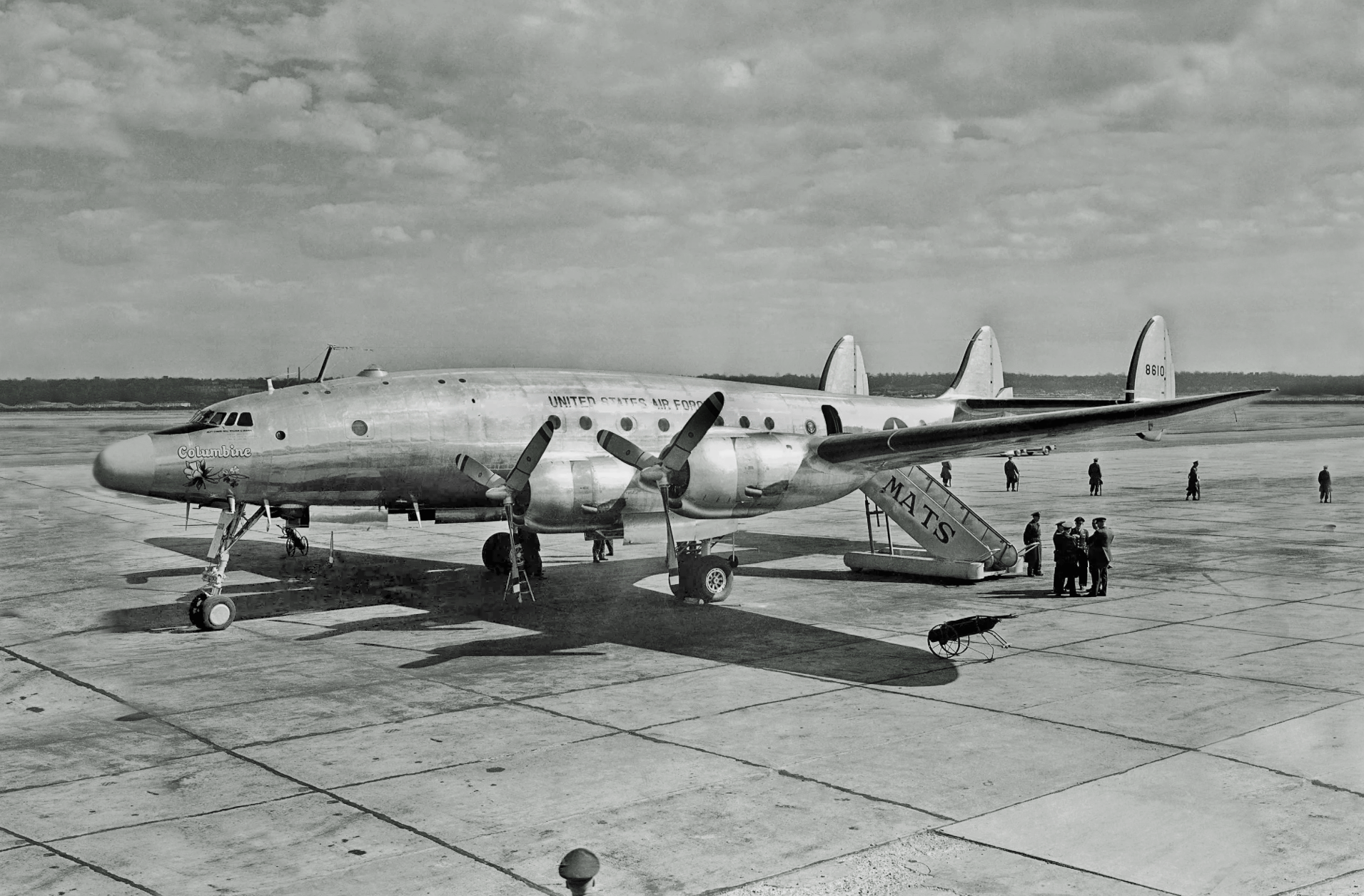Prior to WWII, U.S. Presidents rarely traveled far from the Washington D.C. area or nearby states. This was due to the safety and reliability concerns surrounding available transportation options. That began to change in 1936 when American Airlines inaugurated their passenger service with the Douglas DC-3 airliner. This all-metal airplane fitted with reliable engines, improved instruments, and long- range fuel capacity, revolutionized the commercial aircraft industry, making reliable and safe air travel available for the first time.
Franklin Delano Roosevelt would be the first president to fly while in office, including travel aboard a Boeing 314 Flying Boat to Morocco for the Casablanca Conference with Winston Churchill in 1943. One of the largest aircraft of its time, the Boeing 314 had the range to cross not only the Atlantic but also the Pacific ocean. Pan Am’s “Clippers” were built purely for luxury air travel, catering to elite businessmen and the wealthy traveler. Sadly, only twelve Clippers were built in all, nine of which served with Pan Am.
No long after her husband’s first flight in office, Eleanor Roosevelt flew aboard a modified C-87 VIP transport – a variant of the B-24 Liberator – on several goodwill visits to Latin America in 1944. Named the Guess Where II, the aircraft was intended to carry President Franklin D. Roosevelt on international trips and even had a ramp for his wheelchair. Introducing the idea of a dedicated Presidential aircraft, it was the first of its kind. However, the Secret Service, after a review of the C-87’s controversial safety record refused to approve the Guess Where II for presidential air travel. The VIP aircraft was subsequently used to transport senior members of the Roosevelt administration.
Eventually, a modified C-54 Skymaster became the first aircraft to fulfill the function of today’s presidential transport, with sleeping quarters, radio, telephone, and office space. The four-engine C-54 Skymaster was derived from a civilian airliner, the Douglas DC-4. Known as “Sacred Cow,” Roosevelt’s C-54 transported him to Yalta, USSR, in February 1945 to meet with Stalin and Churchill, only a few months before he passed away. “Sacred Cow” remained in presidential service during the first 27 months of the Truman Administration.
Columbine II (Air Force Serial Number 48–0610) was built for the USAF in 1948 at Lockheed’s plant in Burbank, California with full cargo configuration. She originally supported the Lockheed Air Service International maintenance facility at Keflavík, Iceland. Regular duties included nine round trips per month from MacArthur Field, Long Island NY to Keflavik, until November 1949. She then returned to Lockheed’s plant in Burbank for conversion to VIP configuration in preparation for presidential service.
Aircraft 8610 was used by President Eisenhower as his primary official presidential airplane. Unlike the 747 used as Air Force One today, Eisenhower’s Constellation could not accommodate the president’s staff and reporters. Columbine II had just 16 seats and needed not only two pilots but a flight engineer, navigator, and radio operator to fly it. It was the only Air Force One that was used by a single president.
A short two years later, after becoming Air Force One, President Eisenhower upgraded his air transport to a Super Constellation named Columbine III, a plane that Lockheed built to compete with the Douglas DC-6 airliner.
